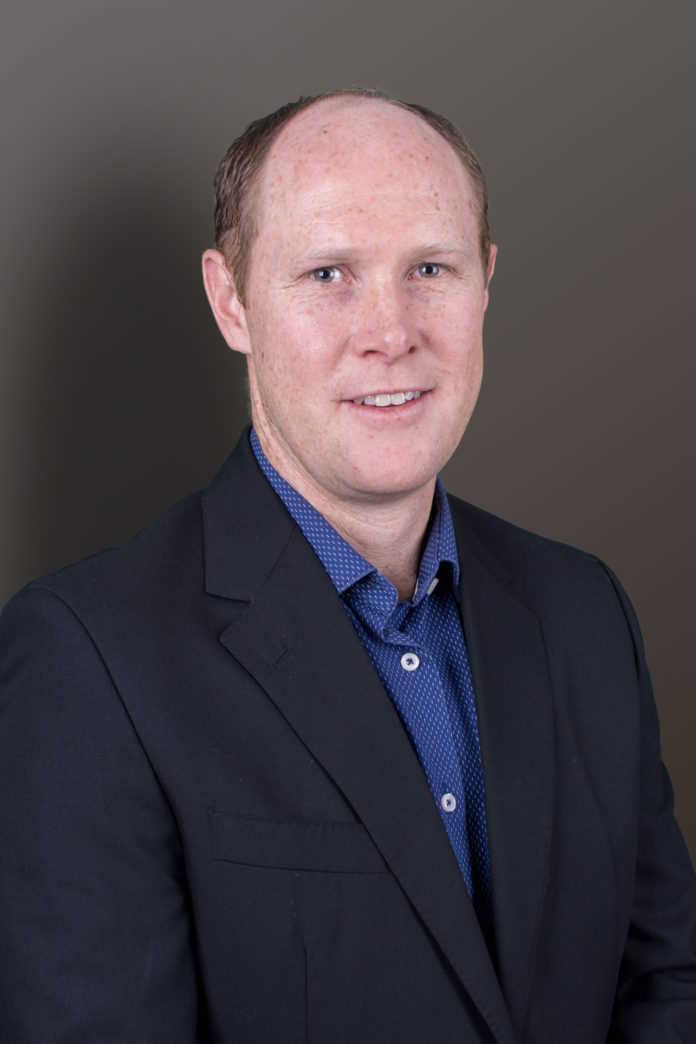In a digital era where activities such as remote working, eCommerce and online education have come to the fore, connectivity has become just as important as other utilities such as electricity – and fibre is crucial in ensuring that people can have access to the internet more cost-effectively. Currently, fibre network operators (FNOs) adopt different approaches to laying fibre in order to connect as many people as possible. While each method has its advantages and disadvantages there is no difference for the end-user when it comes to bandwidth or latency.
This first method of fibre deployment is through trenching, where trenches are dug on both sides of the road within the servitude lane, which is the piece of land between the road and the property wall that has been set aside for services provided by the council, including water, sewerage and in some cases electricity as well as gas lines – all at different, allocated depths. In addition, cuts have to be made across intersections at the end of each block in order to connect both sides to the network.
It should be noted that before any fibre is deployed, wayleaves have to be secured from the local government authorities so that FNOs are aware of the services that are located within the servitude, in order to prevent accidental disruptions to existing services for residents. However, there can be instances where services are laid at incorrect depths, which leads to problems later on. For example, some services that are laid in the servitude might need repair or maintenance, such as replacing a water pipe, and fibre lines get damaged in the process.
Temporary pain for long-term gain
Traditional trenching is an invasive process and residents in areas where this is actively happening will know the frustration of having trenches not only throughout their neighbourhood, but even through their driveways and, in some cases, verge gardens. However, once the fibre has been laid, the holes closed, and the grass and gardens grow back, the frustration becomes a memory as residents start benefiting from cost-effective, broadband internet connectivity.
FNOs have looked at reducing traditional trenching in servitudes by turning to microtrenching, where a machine with a huge blade is used to cut small holes in the road, before fibre optic cables are laid and the holes are closed and resurfaced. However, the aforementioned challenges remain, as various services also cross the roads, and operators use ground scanning equipment in order to avoid disrupting other services when they create pathways for their fibre network.
Then, there can be instances where the road surface is brittle and can be damaged by microtrenching. FNOs need to keep all of this top of mind as trenching and then repairing afterwards is an expensive exercise – once they start cutting into a road, the local roads agency will hold them accountable for the fixes.
FNOs such as Frogfoot are continually looking at ways of improving communication with communities where fibre is to be deployed – and especially where trenching will take place – as well as making sure that driveways and verges are rehabilitated, and that areas of the road that they work on are fixed.
Ultimately, FNOs are looking to bring access to cost-effective broadband internet to as many South Africans as possible and this requires that they look at multiple network deployment methodologies – including those that reduce costs and speed up deployment times – in order to make this a reality. And, this reduction of costs is passed on to end users, enabling them to access more digital services and opportunities. In the next article, we will explore the advantages and disadvantages of aerial fibre, and how this deployment method can help operators extend their coverage in high-density communities.
By Shane Chorley, CEO at Frogfoot Networks












